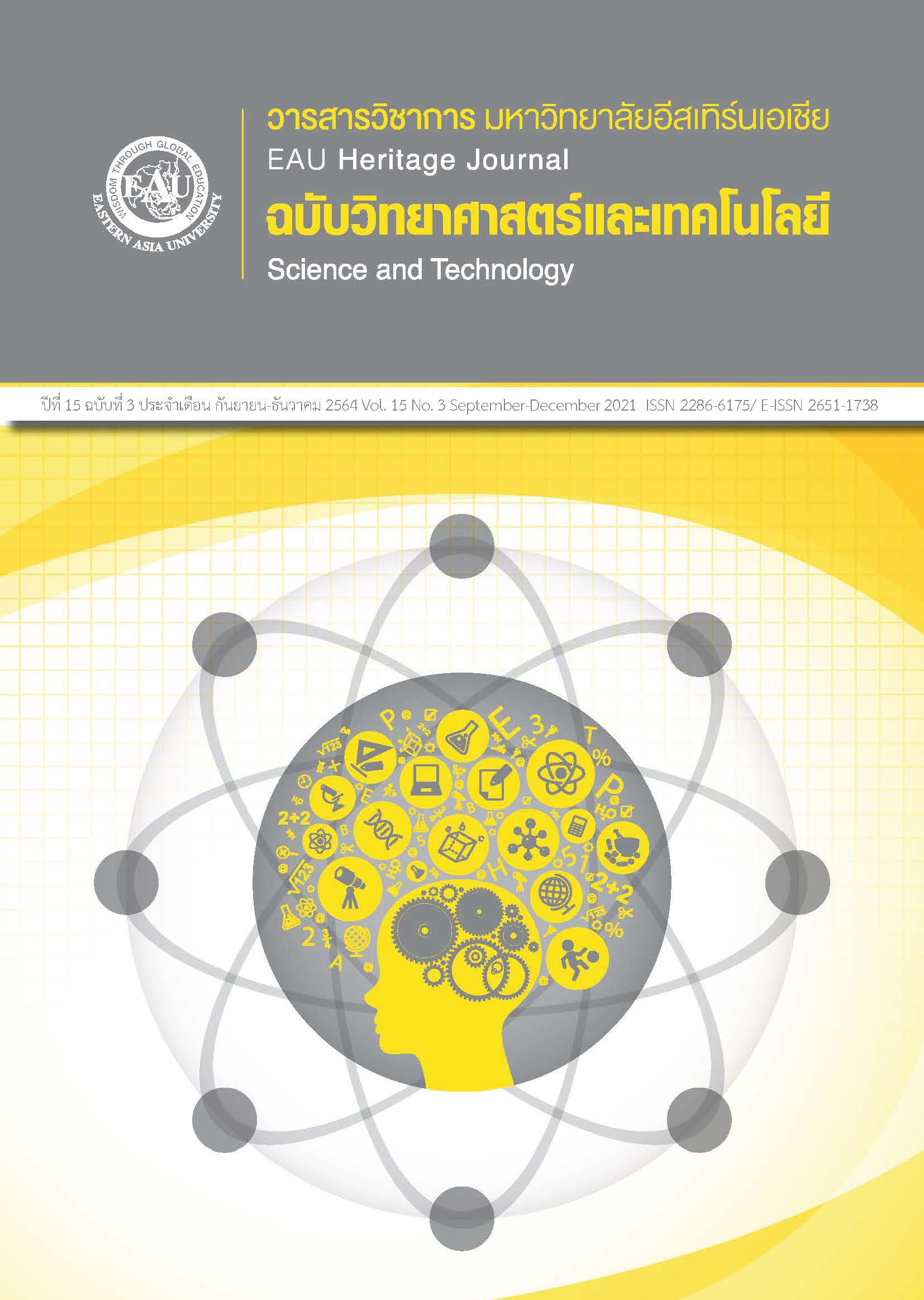แผลเบาหวาน: การดูแลและการส่งเสริมการหายของแผล
คำสำคัญ:
แผลเบาหวาน; การดูแลแผล; การส่งเสริมการหายของแผล; โรคเบาหวานบทคัดย่อ
ผู้ป่วยโรคเบาหวาน มีความเสี่ยงสูงต่อการเกิดแผล และการหายของแผลยากกว่าบุคคลทั่วไป เนื่องจากมีการเปลี่ยนแปลงทางด้านพยาธิสรีระที่มีการเสื่อมของหลอดเลือดตีบแคบลงทำให้เลือดไปเลี้ยงเนื้อเยื่อได้น้อย ร่วมกับมีการเสื่อมของเส้นประสาทที่ไปเลี้ยงอวัยวะส่วนปลายทำให้มีอาการชา เกิดเป็นแผลเรื้อรังที่ใช้เวลารักษานาน ส่งผลกระทบต่อผู้ป่วยทั้งด้านร่างกาย จิตใจและจิตสังคม ทั้งยังส่งผลกระทบต่อผู้ดูแล ครอบครัว โดยอย่างยิ่งมีผลกระทบต่อเศรษฐกิจของประเทศ ดังนั้นการดูแลและการส่งเสริมการหายของแผลในผู้ป่วยเบาหวาน จึงเป็นสิ่งสำคัญ บทความฉบับนี้มีวัตถุประสงค์เพื่อนำเสนอความรู้เกี่ยวกับแผลเบาหวาน การดูแลและการส่งเสริมการหายของแผล โดยเฉพาะอย่างยิ่ง เทคโนโลยีผลิตภัณฑ์ที่ช่วยส่งเสริมการหายของแผล เพื่อให้บุคลากรทางการแพทย์และผู้ที่สนใจ นำความรู้ไปดูแลผู้ป่วยเบาหวานที่มีแผล สามารถดูแลแผล ทำให้ แผลหายเร็วขึ้น ไม่เกิดแผลเพิ่ม และไม่เกิดภาวะแทรกซ้อน เป็นการส่งเสริมคุณภาพชีวิตของผู้ป่วยโรคเบาหวานให้ดีขึ้น
เอกสารอ้างอิง
American Diabetes Association (ADA). (2017). Classification and diagnosis of diabetes. Diabetes Care, 40 (Suppl 1), S11-S24. https://doi.org/10.2337/dc17-S005
American Diabetes Association (ADA). (2019). Improving care and promoting health in populations: Standards of Medical Care in Diabetes-2019. Retrieve from https://care.diabetesjournals.org/content/42/Supplement_1/S7
Campbell, A. P. (2017). DASH eating plan: An eating pattern for diabetes management. Diabetes Spectrum: a publication of the American Diabetes Association, 30(2), 76–81. https://doi.org/10.2337/ds16-0084
Chanthrasakul, C., Angsaphat, A., Chuangsuwanit, A., Muangman, P., & Chanthrasakun, J. (2016). Many facets of wound care in the year 2016. Bangkok: Krungthepwetsan. (in Thai)
Chintanaj, V., Tunsathid, T., & Tunsathid, M. (2020). Human Anatomy. Bangkok. Fuangfa press. (in Thai)
Cozza, V., Pascale, M. M., Pepe, G., Panzera, R., Magalini, S., & Gui, D. (2019). Empirical measurement of pressure in negative pressure wound therapy for infected wounds: How long can it really stay under pressure?. Wound Repair and Regeneration : Official Publication of the Wound Healing Society [and] the European Tissue Repair Society, 27(2), 190–195. https://doi.org/10.1111/wrr.12693
Diabetes Association of Thailand under the Patronage of Her Royal Highness Princess Maha Chakri Sirindhorn. (2014). Clinical practice guideline for diabetes 2014. Bangkok: Diabetes Association of Thailand under The patronage of Her Royal Highness Princess Maha Chakri Sirindhorn. Retrieve from http://www.imrta.dms.moph.go.th/imrta/images/cpg20141120.pdf. (in Thai)
Division of Non Communicable Diseases. (2020). Non-Communicable Diseases (NCDs). Retrieve from http://www.thaincd.com/2016/mission/documents.php?tid=32&gid=1-020
Forlee, M. (2011). What is the diabetic foot?: The rising prevalence of diabetes worldwide will mean an increasing prevalence of complications such as those of the extremities. Continuing Medical Education, 29(1), 10-15. (in Thai)
Hamton, S. (2016). Can electric beds aid pressure sore prevention in hospital?. Retrieved from https://pubmed.ncbi.nlm.nih.gov/9830895/
Hirunkhro, B., Dussaruk, D., Poko, S., Siriniyomchai, C., & Kitiyanun, C. (2021). Foot care: The problems that should not be overlooked among diabetic elders in community. EAU Heritage Journal Science and Technology, 15(1), 46-61. (in Thai)
International Diabetes Federation. (2019). About diabetes. Retrieve from https://www.idf.org/aboutdiabetes/what-is-diabetes.
International Working Group on the Diabetic Foot (IWGDF). (2015). IWGDF guidance on the prevention of foot ulcers in at-risk patients with diabetes. Retrieved from http://www.iwgdf.org/files/2015/ website_prevention.pdf
Junin, N., Siriphithayakhunkit, A., & Maladharm, P. (2015). Foot care behavior of older persons with type 2 diabetes. Rama Nurse, 21(2), 199-213. (in Thai)
Kanlaya, P., & Jintana, A. (2017). Wound care for patients in Thailand 4.0 with nanotechnology. Journal of the Royal Thai Army Nurses, 18(3), 9-15. (in Thai)
Laongdao, K., Naovarat, S., & Sukhamabhorn, P. (2017). Nurse roles in case management for patients with diabetic foot ulcer. Nakhon Phanom University Journal, Special Edition of the 25th Nursing Conference, 240-247. (in Thai)
Ozdemir, F., Kasapoalu, M., Oymak, F., & Murat, S. (2011). Efficiency of magnetic field treatment on pressure Sore in Bedridden patients. Balkan Medical Journal, 28(3), 274-279. (in Thai)
Panthu, K. (2016). Pressure ulcer treatment for nurses. Bangkok: Chulapress. (in Thai)
Phasok, A. (2017). Nursing care of wound bed in diabetic foot ulcers intergrated with maggot therapy: Case study. The Journal of Boromarajonani college of Nursing Nakhonratchasima, 23(2), 80-93. (in Thai)
Pornsiri, R., Penpim, K., Nattanun, H., Thantaporn, K., & Aroonrat, P. (2014). Pressure ulcers prevention guidelines in Bamrasnaradura Infectious Diseases Institute. Journal of Bamrasnaradura Infectious Diseases Institute, 8(3), 1-11. (in Thai)
Ramachandran, A., Snehalatha, C., Shetty, A. S., & Nanditha, A. (2012). Trends in prevalence of diabetes in Asian countries. World Journal of Diabetes, 3(6), 110–117. https://doi.org/10.4239/wjd.v3.i6.110
Rerkasem, K. (2011). Seminar review: Sociecultural practices and epidemiology of diabetic foot problem: Lessons from a study in Chiang Mai University Hospital, Thailand. The International Journal of Lower Extremity Wounds, 10(2), 86-90. (in Thai)
Siriniyomchai, C. (2018). Management of diabetic foot ulcers: The nurses’ roles. Journal of Nurses Association of Thailand Northern Office, 24(1), 1-14. (in Thai)
Siriniyomchai, C. (2020). Management of diabetic foot: Art and Science of Nursing. Bangkok: Sahamit Pattana Printing (1992) Co., LTD. (in Thai)
Subrata, S. A. (2019). Pressure ulcers: the core, care and cure approach. Retrieve from https://pubmed.ncbi.nlm.nih.gov/31804885/
Sukwatjanee, A. (2015). Practice guideline for preventing and caring of foot ulcer and lower limb amputation in diabetic patients. Journal of Medicine and Health Sciences, 22(2), 99-107. (in Thai)
Sweetman, S. C. (2009). Martindale: The complete drug reference (36th ed.). London: Pharmaceutical Press.
Wanida, W. (2020). Nursing care of negative pressure wound therapy in burn patients. Thai Journal of Burn and Wound Healing, 13(1), 56-60. (in Thai)
World Health Organization (WHO). (2020). About diabetes. Retrieve from https://www.who.int/diabetes/action_online/basics/en/index3.html







